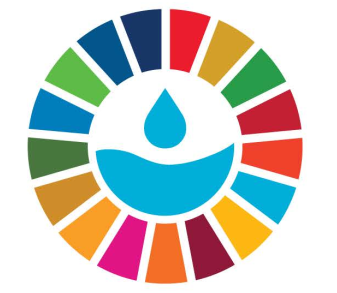Construction and demonstration of water conservancy combined with schistosomiasis control projects
Changjiang River Scientific Research Institute,Changjiang Water Resources Commission
(
Academic institution
)
#SDGAction52301
Description
Through the implementation of this project, the successful experience of schistosomiasis control and the advanced technology of water conservancy combined with schistosomiasis control(WCCSC) in China will be shared, and necessary technical support will be provided for the schistosomiasis control in the Philippines and other endemic countries. In the Philippines, the distribution and diffusion of schistosomiasis intermediate host snails will be investigated and assessed in typical areas with severe schistosomiasis prevalence. Suitable WCCSC technologies such as canal lining concreted and safe drinking water renovation will be selected, and demonstration WCCSC projects will be designed and constructed to improve local residents' drinking, living and production water environment, so as to effectively control the breeding and diffusion of snails, and reduce the risk of human exposure to schistosomiasis. Training courses will be held to enhance residents' awareness of schistosomiasis prevention and control and their ability to use WCCSC technology. In this way, the people's livelihood issues of schistosomiasis endemic areas in ASEAN countries can be effectively improved, the achievement of the target of schistosomiasis prevention and control in ASEAN countries can be accelerated, and the water consumption level and sanitary environment of citizens in China and ASEAN countries can be improved.
Water conservancy combined with schistosomiasis control demonstration projects in Leyte island, Leyte Province, the Philippines
University of the Philippines
Republic of the Philippines Department of Health Eastern Visayas Center for Health Development
Feedback
Action Network

Timeline
Entity
SDGs
Region
- Asia and Pacific
Other beneficiaries
Residents of the schistosomiasis endemic area in Eastern Visayas, Leyte Province, the Philippines
Website/More information
Countries
Contact Information
Kongxian, Deputy Section Chief,River Research Department

